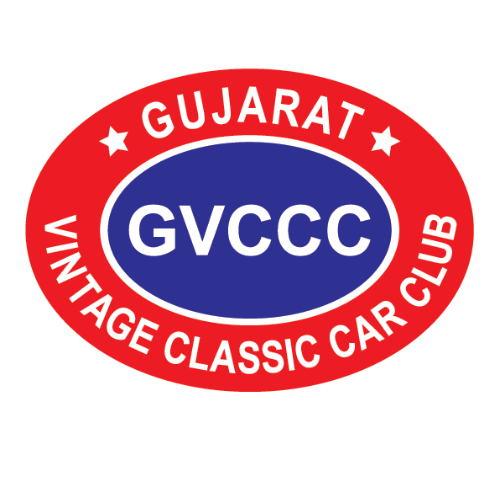An Epic Himalayan Adventure: Chirag Mehta and Rahul Gajjar Conquer the Great Himalayan Challenge in a Classic Maruti Gypsy
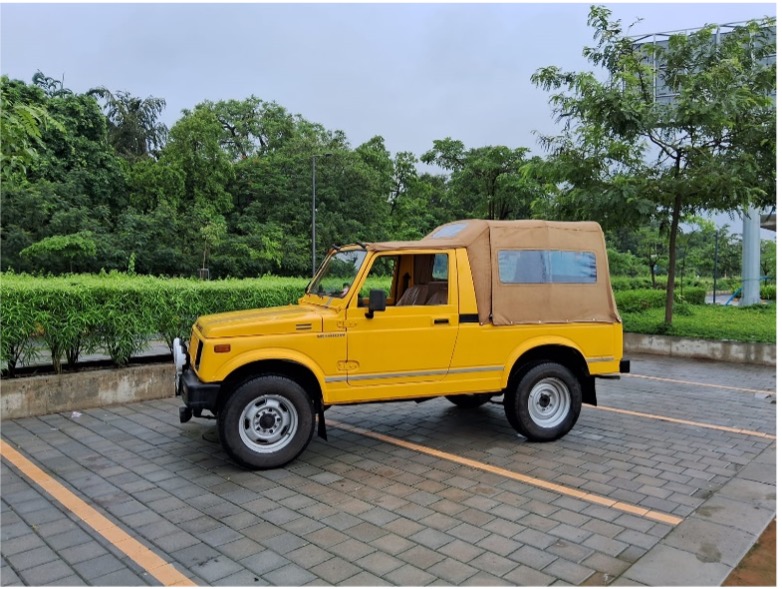
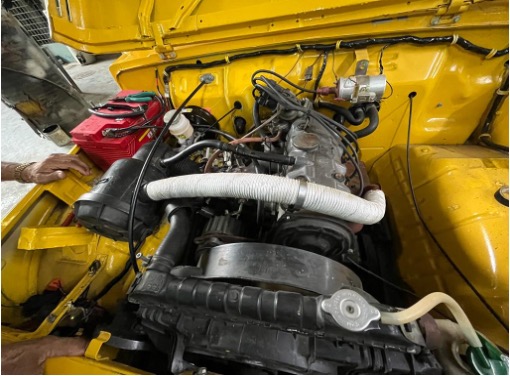
Meet Chirag Mehta and Rahul Gajjar, two car enthusiasts from Ahmedabad and Baroda, respectively. They’ve been dreaming of taking on the great Himalayan Challenge in a classic car, and they’re finally making it happen!
Chirag is a vintage/Classic car restorer, and Rahul is a classic car enthusiast and collector. They’ve been working on restoring a stock condition Gypsy in mid-2023, and they’re ready to hit the road for the upcoming 9-day Himalayan drive Challenge in September 2023.
The Himalayan Rally Association was founded by the legendary Ace racing driver, Nazir Hoosein, in 1980. They organized rallies until 1991, and in 2021, FIRE FOX, a tribute to the great Rallyist team, started the Himalayan challenge drives.
Chirag and Rahul’s big day finally arrived on September 23rd. They set off from Baroda to Ahmedabad on September 20th and drove the Gypsy to Chandigarh the day before the flag-off. They were flagged off from Taj Chandigarh amidst a grand ceremony attended by many dignitaries from the motoring world.
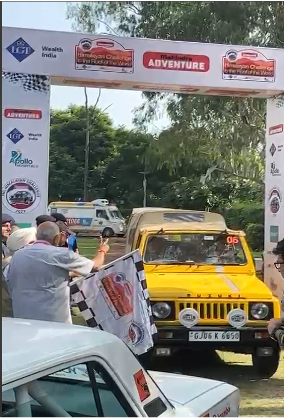

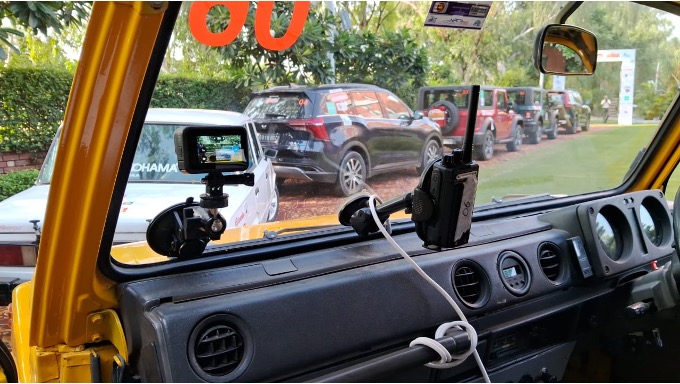
Their journey began early the next morning, driving through Jalandhar, Pathankot, Jammu, Srinagar, and Sonmarg. It was only beyond Sonmarg on the life-line road of NH-1 that they truly felt the terrain. They continued along the Jhelum River to reach Zozilla tunnel and pass.
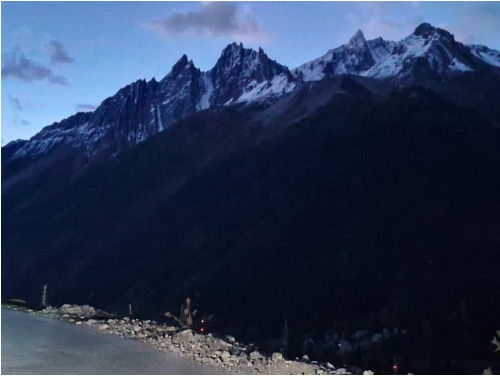
The first sun-rays on the horizon
beyond Sonmarg.
Zozilla is at an elevation of 11,575 feet and is a connecting pass between the Kashmir valley and Ladakh. After that, they reached Drass sector to visit the Kargil war memorial.
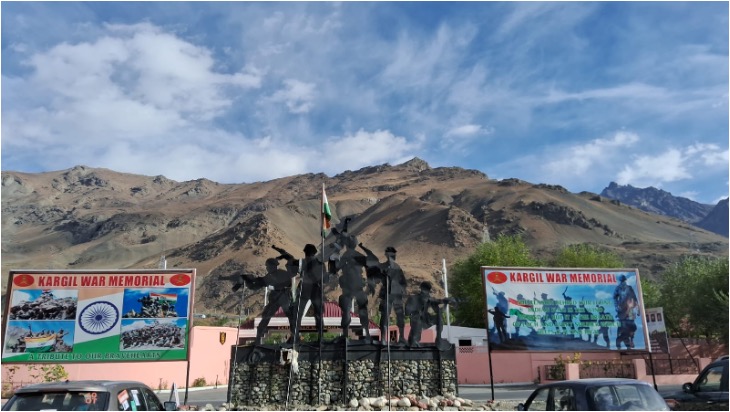
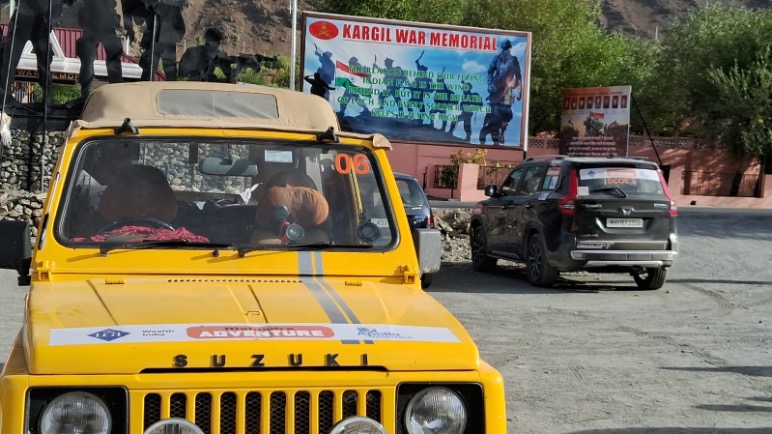
We crossed the top of the Futula mountain at 13,437 feet and reached Lamayuru, known for its moon-like terrain. From there, we went to Nimu, where two great rivers, the blue waters of the Indus and the muddy waters of Zanskar, meet.
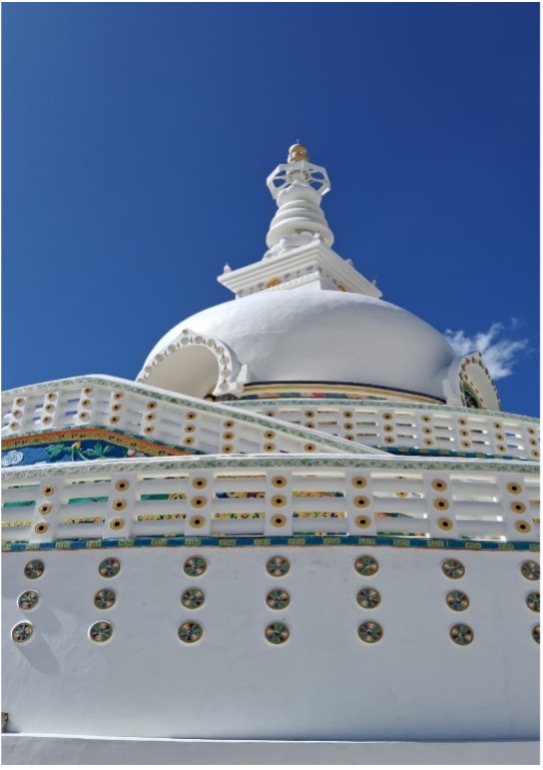
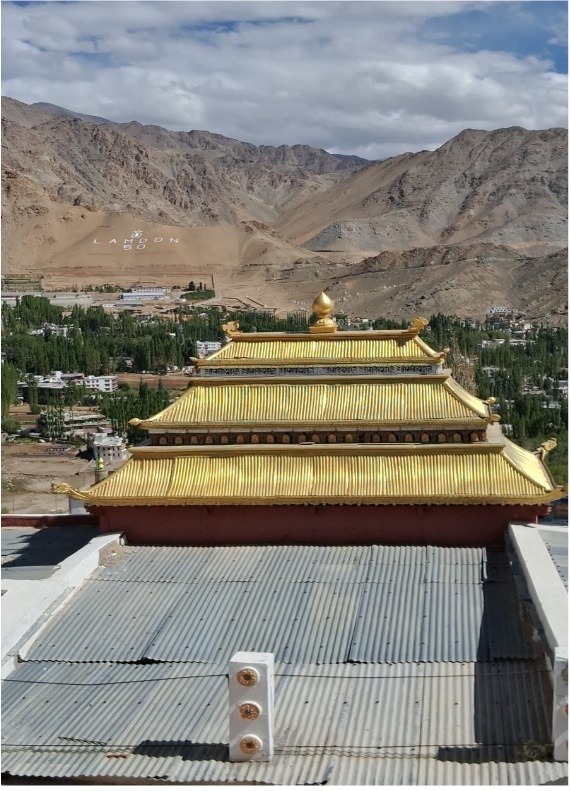
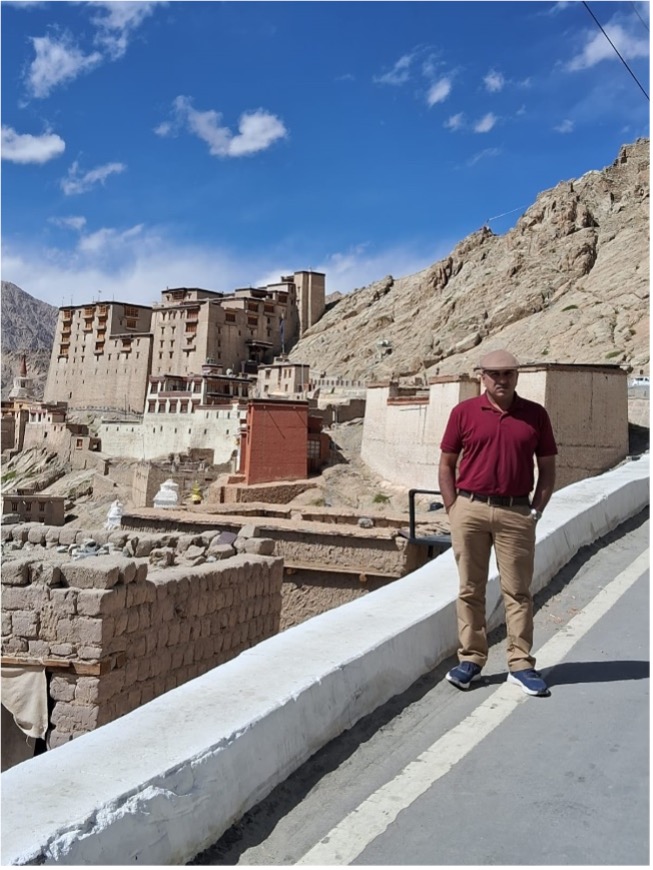
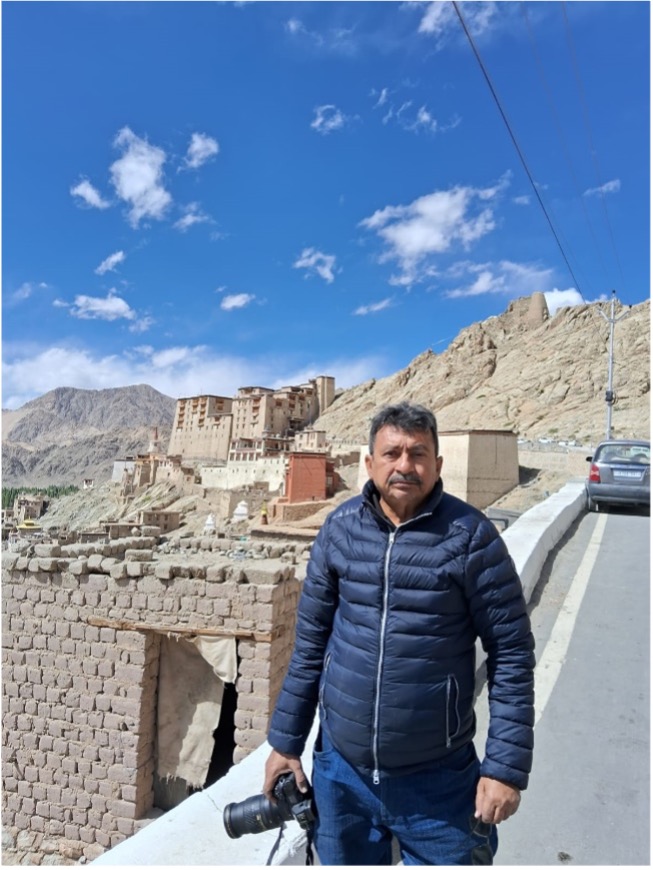
High up in the mountains is the Chinese-occupied Kashmir region. We then reached Leh and had a day to rest and explore. Some of the must-see places there are the 400-year-old nine-story Palace of King Singge Namgyal, Simo monastery, and Shanti Stupa.
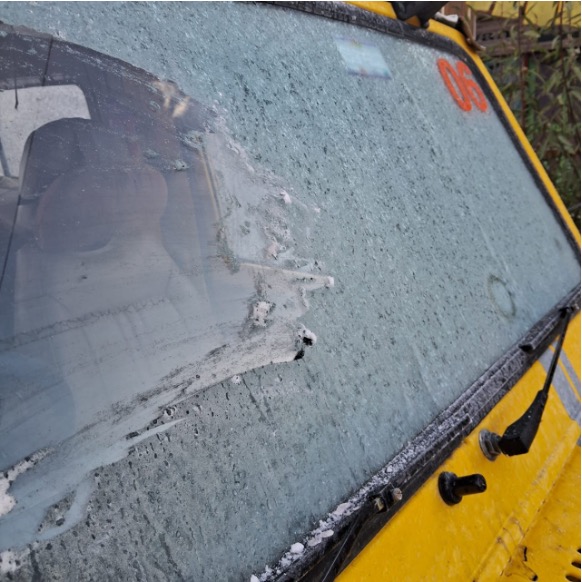
We experienced our first snowfall at a small village called Tangtse, where we stopped for tea and refueled at the world’s highest petrol station at 12,933 feet.
But the weather changed quickly, and we were covered in stiff snow in just a few minutes.
We reached Khardungla at 17,982 feet, which is higher than the Everest Base Camp (17,598 feet). Then, we descended the Khardungla pass to reach Nubra Valley through an almost 100-kilometer-long, rocky, dried riverbed.
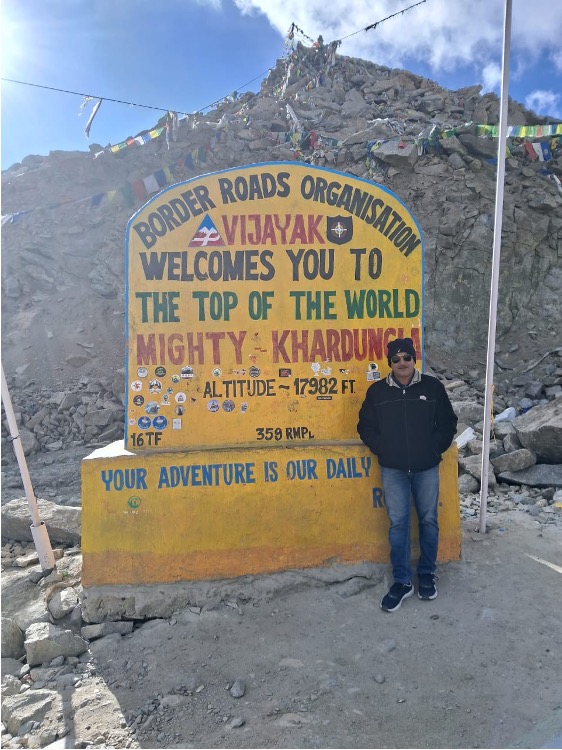
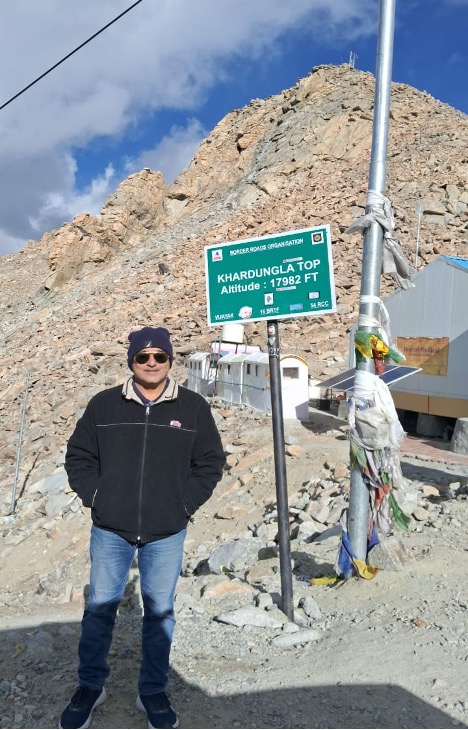
We continued to drive through Nubra Valley, which has a mix of silver sand dunes, green forests, hills, and water.
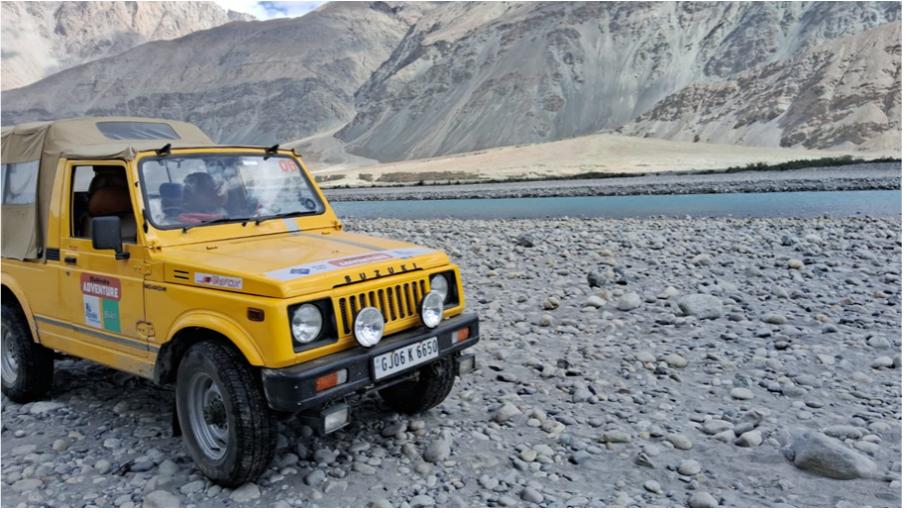
We finally reached Hunder, Trut village, which is the last place near the Pakistan border. To its west is Pakistan-occupied Kashmir, and to its north is the Chinese border.
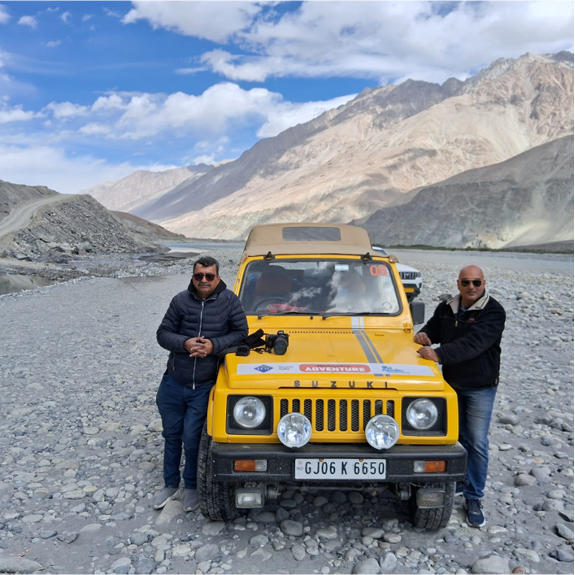
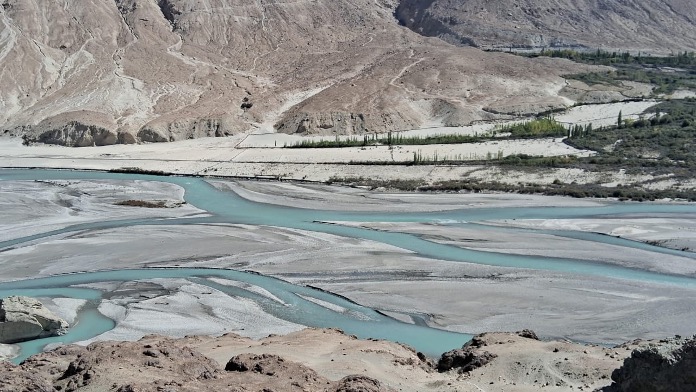
From there, we drove to Diskit, where the terrain changed to dusty desert and rocky hills. We then reached Lake Pangong, the largest saltwater lake at the highest altitude in the world.
We continued to drive in the same terrain to Merrac and then to the Resang-la war memorial of the 1962 Indo-China conflict. To the northeast of this territory is Chinese-occupied Tibet.
Finally, we reached Chishu Valley and then Hanle, which has the second-highest altitude observatory in the world. On a clear night, you can see the Milky Way with your naked eye.
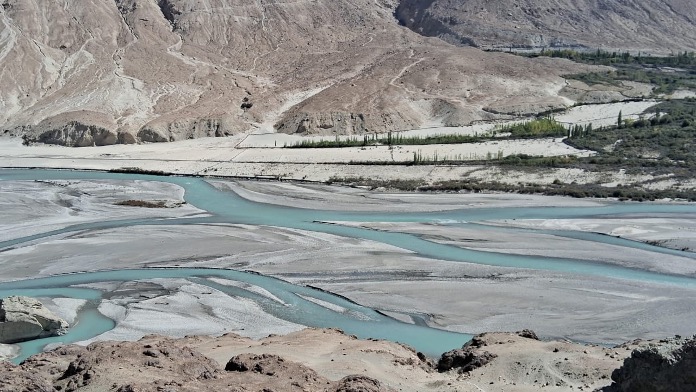
We reached Umling-la at 19,024 feet, which is the highest altitude motorable road in the world.
So, we had to leave this spot in a flash, just a couple of minutes back to Hanle, because of the lack of oxygen and those Army/BRO rules that don’t let civilians out past noon.
Our return journey started from Hanle to Tso Kar, which had some seriously tricky hairpin bends.
Finally, we made it through the Atal Tunnel, the longest and highest altitude tunnel in the world, and reached Manali, where our adventure came to an end.
Our nine-day drive was a true test of our endurance and the reliability of our vehicle. We were without any mobile networks for days, and we had to rely on God, nature, and our trusty Gypsy to get us through.
We had a few breakdowns, both big and small, in the middle of nowhere, and we had to fix the Gypsy ourselves with limited resources. There was a jammed 4×4, a carb failure, and an alternator failure. And the lack of oxygen showed signs of weak engine performance at many points.
But thanks to the grace of God, Rahul Gajjar, who’s 63 and has severe cardiac conditions, managed to stay healthy and complete the adventure without any trouble or oxygen support. We had three portable bottles of oxygen under the passenger seat, but we were lucky not to need them.
So, that’s our story. An adrenaline-pumping adventure that we’ll never forget. Till our next motoring adventure, my friends!
Cheers,
Chirag Mehta
Rahul Gajjar
